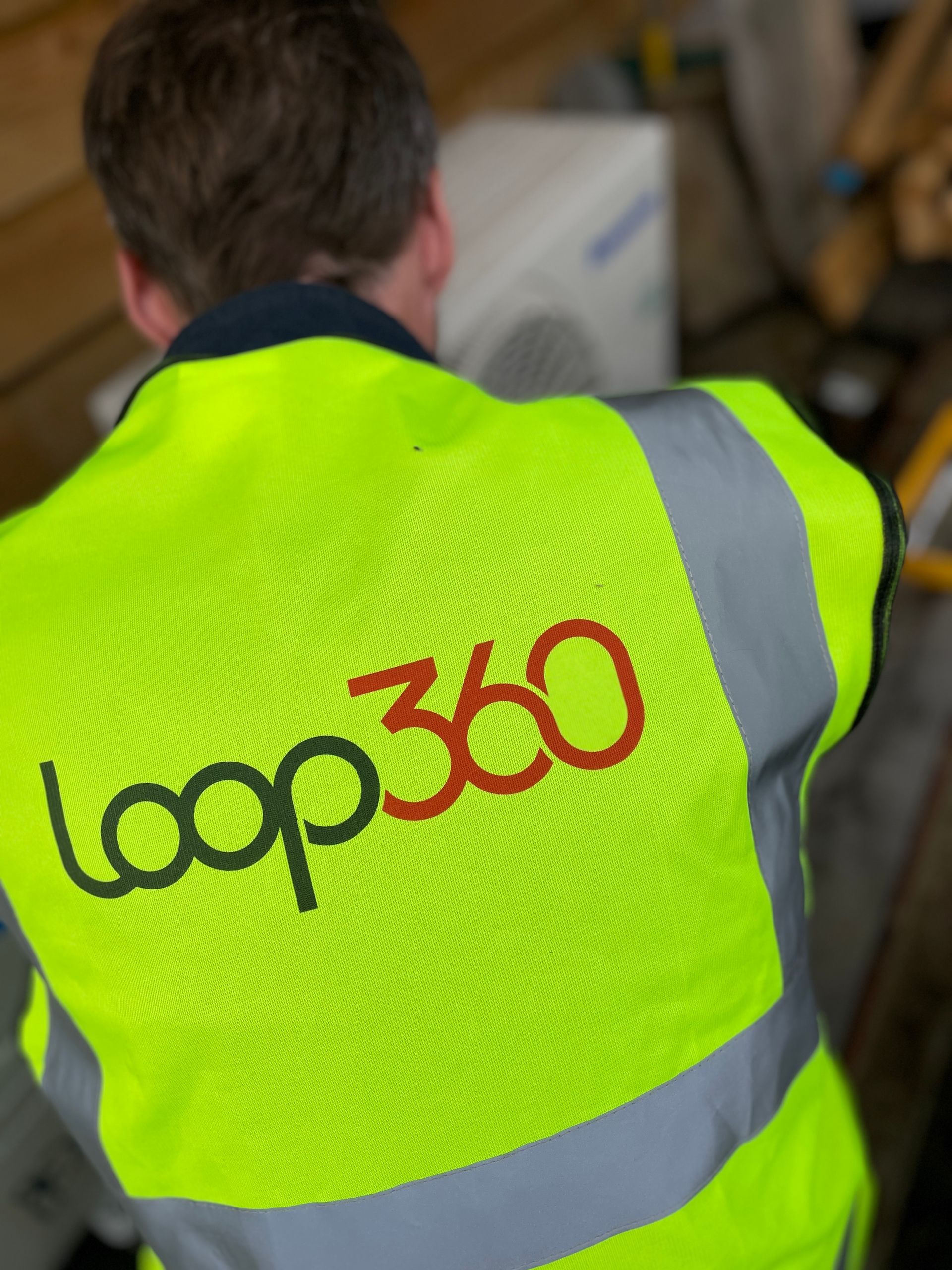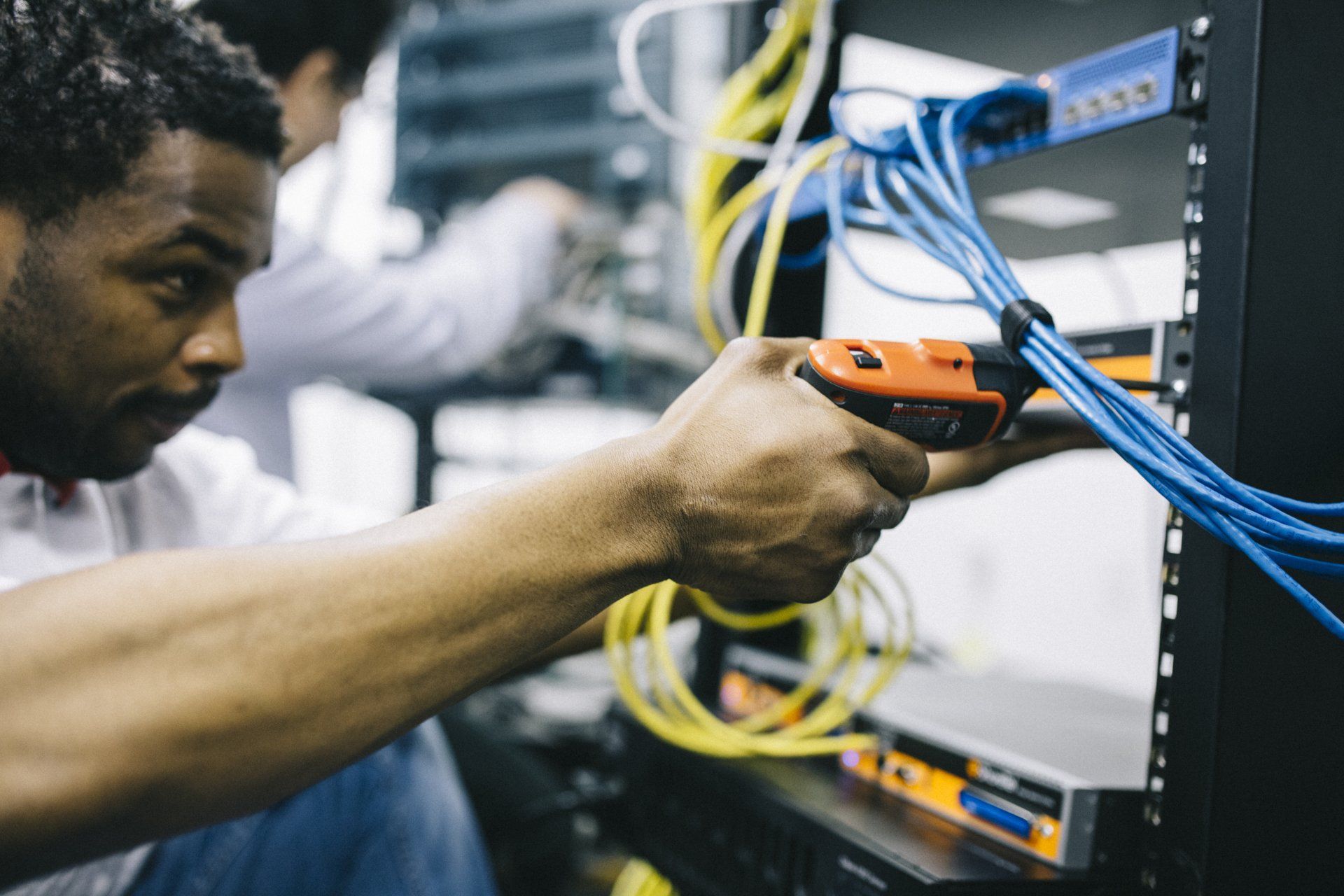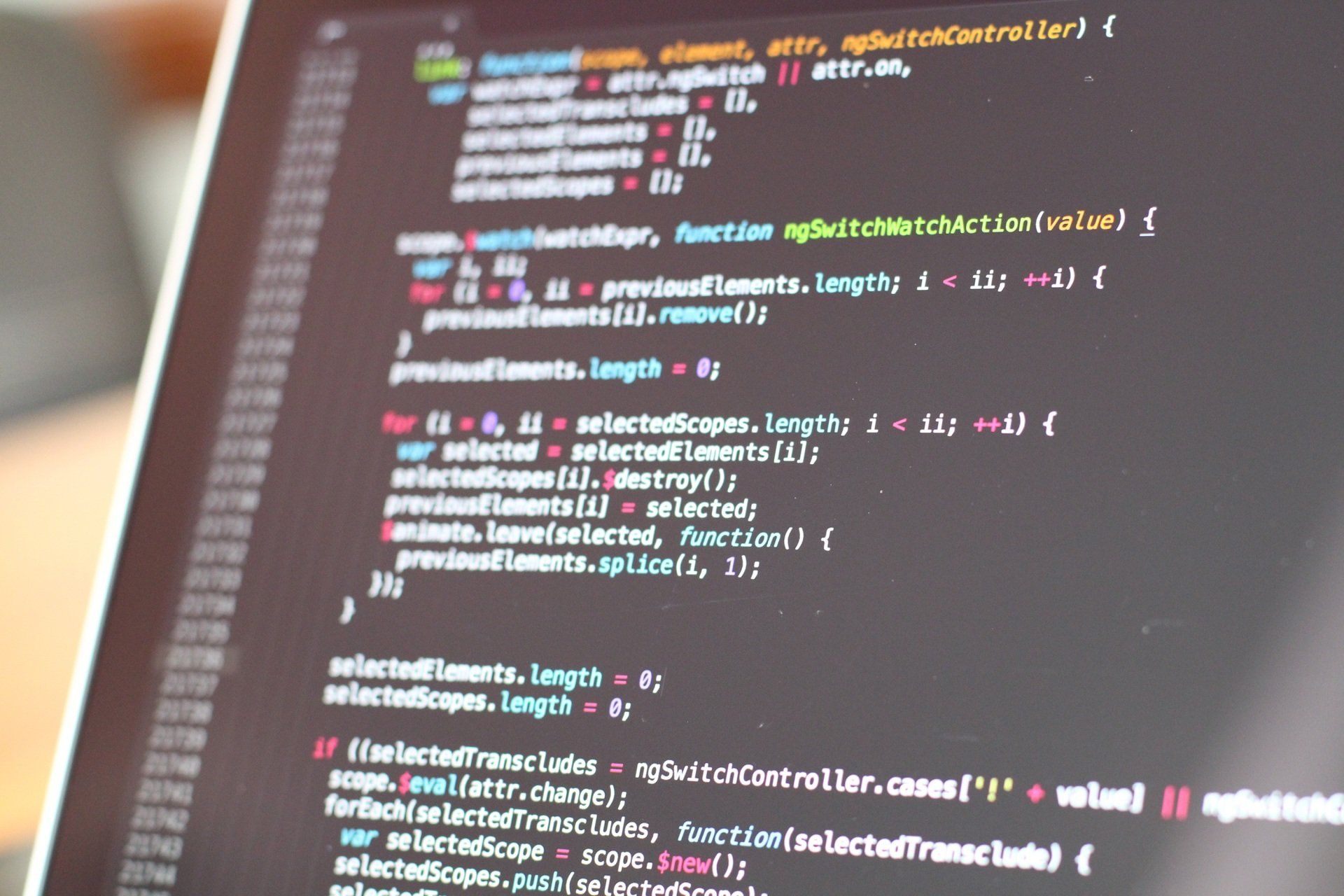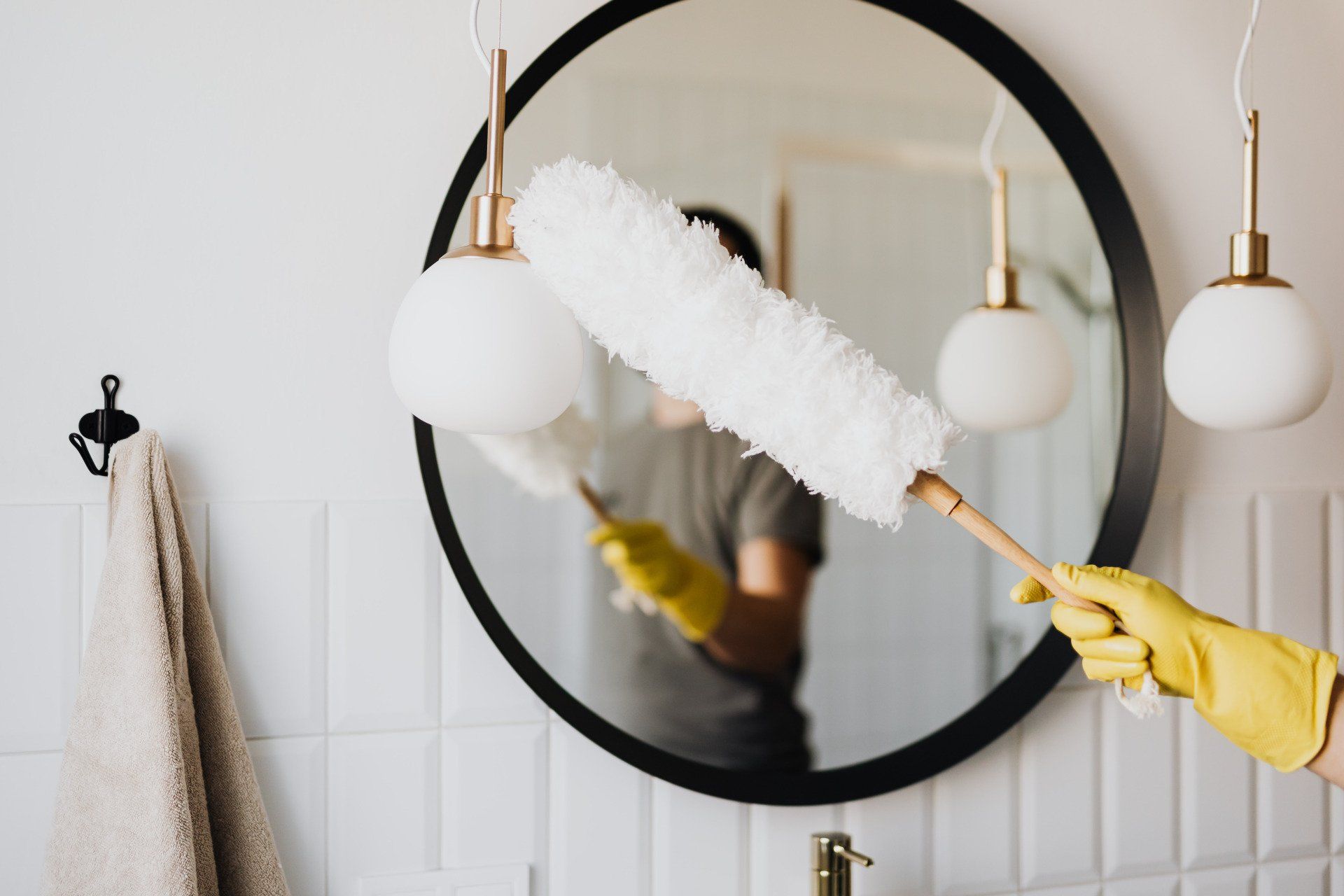5 Tips for Optimising Building Energy Efficiency
Attention building owners and facilities managers!
Optimising building energy efficiency is essential for reducing costs, conserving resources, and minimising carbon footprint. However, achieving this goal requires a combination of strategies and tactics that can be daunting, especially for those who are new to the field. In this blog post, we will share five tips for optimising building energy efficiency to help you get started.
1. Conduct an Energy Audit
An energy audit is the first step to optimising building energy efficiency. It involves a comprehensive assessment of your building’s energy consumption and efficiency. The audit report will help identify areas of energy waste and opportunities for improvement. An energy audit can be done in-house or by hiring a professional. Either way, the audit will provide you with a roadmap for optimising your building’s energy efficiency.
2. Implement Energy-Efficient Lighting
Lighting accounts for a significant portion of a building’s energy consumption. By switching to energy-efficient lighting, you can reduce energy consumption and save money. LED lighting is the most energy-efficient lighting option and lasts longer than traditional lighting. In addition, consider implementing occupancy sensors and daylight sensors to ensure that lighting is only used when needed.
3. Upgrade HVAC Systems
Heating, ventilation, and air conditioning (HVAC) systems are critical to a building’s energy efficiency. Older HVAC systems can be inefficient, which can result in higher energy bills. Upgrading to a newer, more energy-efficient system can help reduce energy consumption and costs. In addition, make sure to schedule regular maintenance for your HVAC system to ensure that it is working efficiently.
4. Use Energy-Efficient Equipment
In addition to HVAC systems, other equipment in your building can also be a significant source of energy waste. By using energy-efficient equipment, you can reduce energy consumption and save money. Examples of energy-efficient equipment include Energy Star certified appliances, computers, and office equipment.
5. Educate Building Occupants
Finally, educating building occupants on energy conservation can help reduce energy consumption. Encourage them to turn off lights and equipment when not in use, use natural light when possible, and adjust the thermostat to reduce energy consumption. By working together to conserve energy, you can optimise your building’s energy efficiency.
In conclusion, optimising building energy efficiency is a critical step to reducing costs, conserving resources, and minimising carbon footprint. By following these five tips, you can start optimising your building’s energy efficiency today. Conduct an energy audit, implement energy-efficient lighting, upgrade HVAC systems, use energy-efficient equipment, and educate building occupants on energy conservation. By taking these steps, you can reduce energy consumption, save money, and create a more sustainable future.






